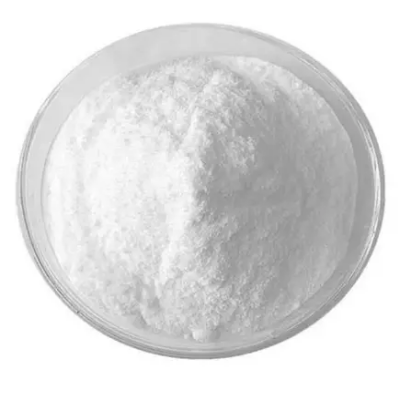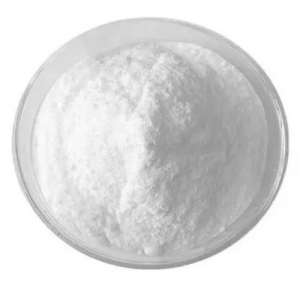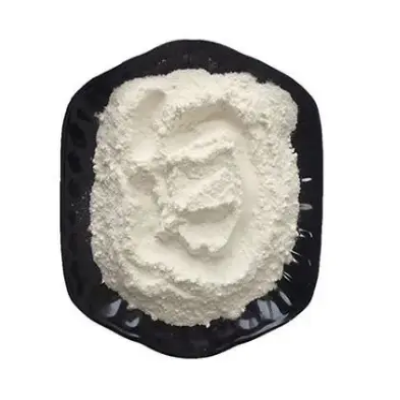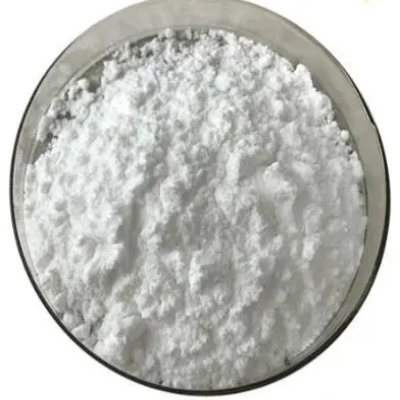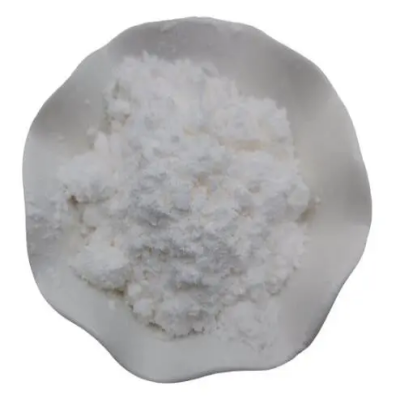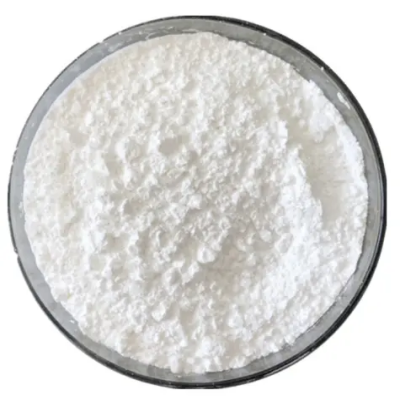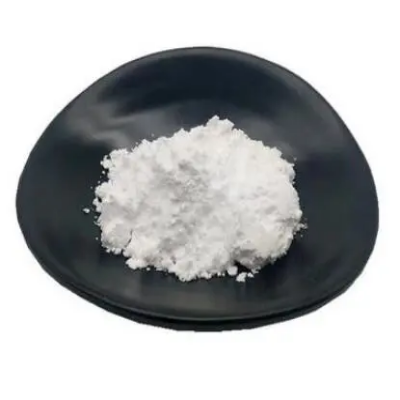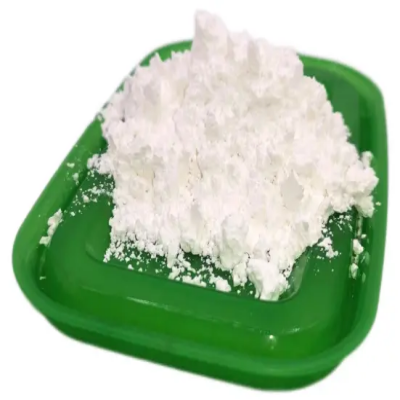Norfloxacin CAS:70458-96-7
Norfloxacin is indicated for the treatment of acute and chronic bacterial infections caused by susceptible organisms. It is administered orally and absorbed well from the gastrointestinal tract, reaching therapeutic concentrations in tissues and body fluids. The dosage and duration of norfloxacin therapy depend on the type and severity of the infection, as well as the patient's age, renal function, and medical history. In urinary tract infections, norfloxacin is often prescribed as a first-line treatment due to its ability to achieve high concentrations in the urinary tract, where most urinary pathogens reside. It is effective against common uropathogens, including Escherichia coli, Proteus mirabilis, and Klebsiella pneumoniae. Norfloxacin is also used in the treatment of uncomplicated gonorrhea, traveler's diarrhea, and bacterial prostatitis. Adverse effects associated with norfloxacin therapy include gastrointestinal disturbances, central nervous system effects, and rare but serious adverse reactions such as tendonitis and tendon rupture. Patients should be advised to avoid concurrent use of norfloxacin with certain medications, including nonsteroidal anti-inflammatory drugs and antacids containing magnesium or aluminum, to prevent potential interactions that may affect absorption or efficacy. As with all antibiotics, appropriate use of norfloxacin is essential to minimize the development of antibiotic resistance. Patients should complete the full course of treatment as prescribed, even if symptoms improve before the medication is finished. Consultation with a healthcare professional is recommended for the proper diagnosis and management of bacterial infections requiring norfloxacin therapy, ensuring optimal outcomes and patient safety.



| Composition | C16H18FN3O3 |
| Assay | 99% |
| Appearance | white powder |
| CAS No. | 70458-96-7 |
| Packing | Small and bulk |
| Shelf Life | 2 years |
| Storage | Store in cool and dry area |
| Certification | ISO. |


